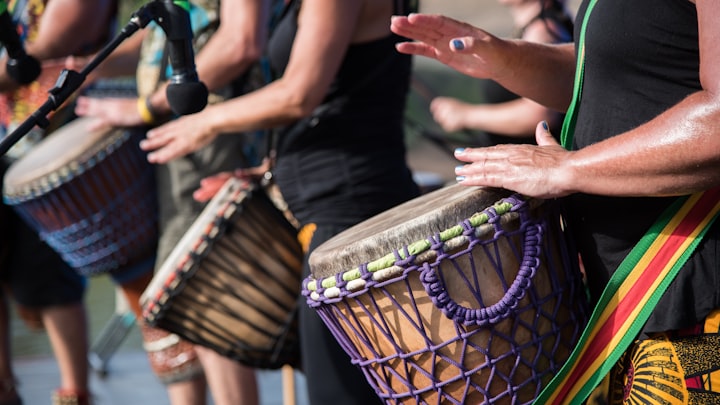
Introduction
Music has a unique ability to touch our souls, eliciting powerful emotions and creating lasting memories. While we often get lost in the melodies and lyrics, it is the underlying science of music beats that truly unlocks the magic of the groove. In this article, we delve into the fascinating world of music beats, exploring how they impact our brain and emotions on a profound level. By understanding the science behind the groove, we gain insights into why certain beats resonate with us so deeply and how they shape our musical experiences.
The Rhythmic Brain
When we listen to music, our brains become a symphony of activity. The processing of music beats engages various regions, including the auditory cortex, motor areas, and reward centers. These interconnected networks work in harmony to decode the rhythmic patterns and create a multisensory experience.
Research has shown that music beats can synchronize neural activity, leading to increased connectivity between brain regions. This synchronization enhances cognitive functions such as memory, attention, and problem-solving. The rhythmic stimulation of the brain also triggers the release of dopamine, a neurotransmitter associated with pleasure and reward. This explains why we often feel a sense of euphoria and emotional upliftment when grooving to our favorite beats.
Emotional Groove
Music beats have an extraordinary capacity to evoke and amplify emotions. The intricate interplay between rhythm, tempo, and timbre can elicit a range of feelings, from joy and excitement to nostalgia and melancholy.
Fast-paced beats with a high tempo tend to generate feelings of exhilaration, energizing our bodies and minds. These beats activate the sympathetic nervous system, increasing heart rate, blood pressure, and respiration, creating a sense of vitality and arousal. They are commonly found in genres like rock, pop, and dance music, igniting a desire to move and dance.
Conversely, slower beats with a gentle rhythm often evoke emotions such as relaxation, introspection, and serenity. These beats stimulate the parasympathetic nervous system, inducing a state of calmness and tranquility. They can be found in genres like classical, ambient, and meditation music, providing a soothing backdrop for contemplation and emotional release.
Moreover, the arrangement of beats can convey specific emotional nuances. Syncopated rhythms, characterized by offbeat accents and unexpected patterns, can create a sense of tension and anticipation, intensifying emotional responses. On the other hand, steady and predictable beats offer a sense of stability and grounding, fostering emotional comfort and familiarity.
Harnessing the Groove
Understanding the science behind music beats has practical applications in various fields. In the realm of therapy and mental health, rhythmic auditory stimulation (RAS) has shown promising results in treating conditions such as depression, anxiety, and post-traumatic stress disorder. By synchronizing the beat of music with physiological processes, RAS can regulate heart rate, improve mood, and reduce symptoms of stress-related disorders.
In educational settings, incorporating rhythmic elements into learning materials has been found to enhance memory retention and information processing. The rhythmic structure provides a framework for organizing and encoding information, making it more accessible and memorable.
Furthermore, the impact of music beats extends to the realm of social bonding and cultural expression. Dancing to shared beats has been an integral part of human culture since ancient times. It fosters a sense of unity, creating social connections and strengthening community bonds. Music beats also serve as a vehicle for cultural identity, as different cultures and musical traditions exhibit unique rhythmic patterns and grooves that reflect their heritage.
Conclusion
As we uncover the science behind the groove, we gain a deeper appreciation for the profound impact of music beats on our





Comments
There are no comments for this story
Be the first to respond and start the conversation.